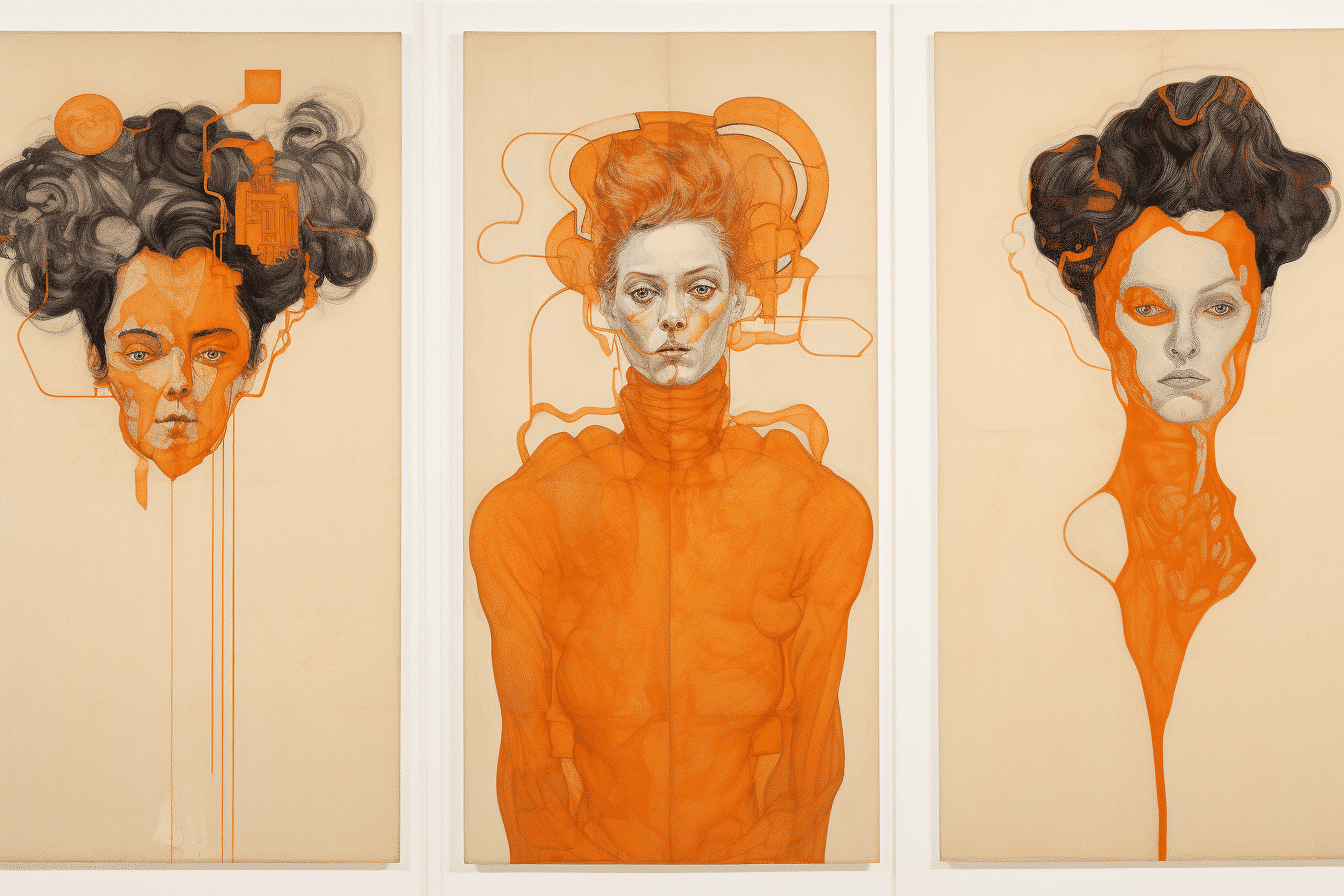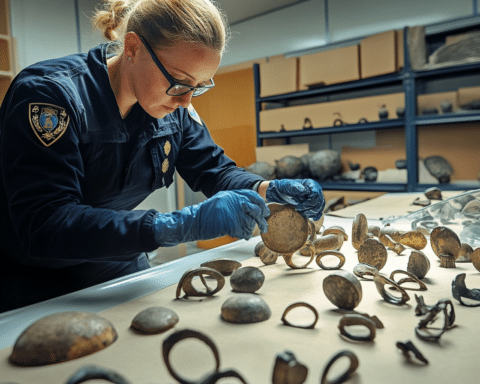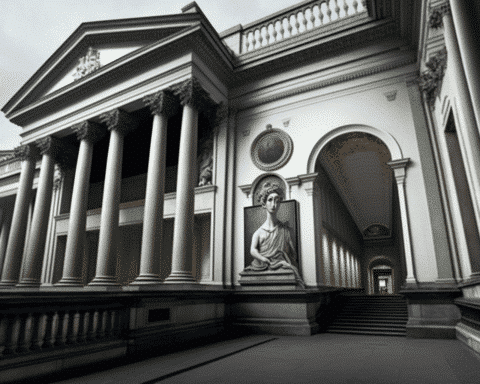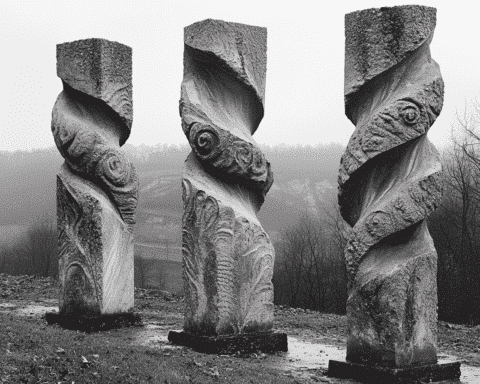In New York, seven cherished pieces by the renowned Austrian artist Egon Schiele were rightfully returned to the descendants of Fritz Grünbaum. The Nazis had unlawfully confiscated these artworks from Grünbaum, a Jewish art aficionado, during the horrors of World War II.
The Manhattan District Attorney’s Office, through its Trafficking Antiquities division, provided proof of the artworks being pilfered, prompting the possessing institutions and collectors to hand them over willingly, conveyed District Attorney Alvin Bragg, Jr.
Fritz Grünbaum, a significant figure in Vienna’s 1930s cultural scene, was a Jewish Austrian cabaret artist known for his bold critiques of Nazism. By 1938, the Nazis apprehended him due to his provocative acts against Hitler. Following this, Grünbaum’s wife, Elisabeth, was coerced into surrendering his vast art collection to them. Tragically, Fritz met his end in Dachau, a Nazi concentration camp, in 1941, while Elisabeth faced a similar fate in Minsk, Belarus, the subsequent year, shared Timothy Reif, Grünbaum’s descendant, during the event.
Bragg expressed hope that such restitutions would continually honour the victims and underscore the lingering effects of Nazi atrocities on families. “The teachings from Fritz Grünbaum and the art he treasured remain paramount,” he added.
Of the many pieces Grünbaum had of Schiele’s work, most were portraits of the artist himself or his beloved wife, Edith. Some notable pieces include “I Love Antithesis” and “Girl Putting on Shoe,” once housed at MoMA. The Nazis labelled Schiele’s creations as “degenerate,” a term they utilized to categorize modern art pieces they deemed subversive.
These “degenerate” artworks, seized in large numbers during WWII, were used by the Nazi party for funding and often found their way to acclaimed global institutions. Efforts to trace the rightful owners of these pieces have spanned decades. Grünbaum’s Schiele works, in particular, passed through numerous hands after their Nazi-led sale, reaching a Swiss auction and eventually a New York gallerist in the 1950s. Most recently, they were in the possession of esteemed institutions like MoMA and the Santa Barbara Museum of Art.
Earlier this week, a few other Schiele works were reclaimed from three US museums, aiming to restore Grünbaum’s collection, although they currently await further probes.
Most of the reclaimed Schiele artworks will be auctioned to support the Grünbaum Fischer Foundation, which aids budding musicians, Reif informed the New York Times. Concluding the event, Reif emphasized the significance of remembering the Grünbaums, asserting, “Recalling their existence thwarts Hitler’s intent to obliterate this valiant Jewish individual’s legacy.”
The restitution of these invaluable artworks not only rectifies a historical injustice but also underscores the significance of preserving cultural heritage. As we move forward in an age of understanding and reconciliation, it’s essential to remember the past’s lessons, ensuring that such atrocities are never repeated. The legacy of Fritz Grünbaum, his passion for art, and the indomitable spirit of countless others like him serve as a beacon for future generations, advocating for justice, remembrance, and the indelible power of the human spirit.




